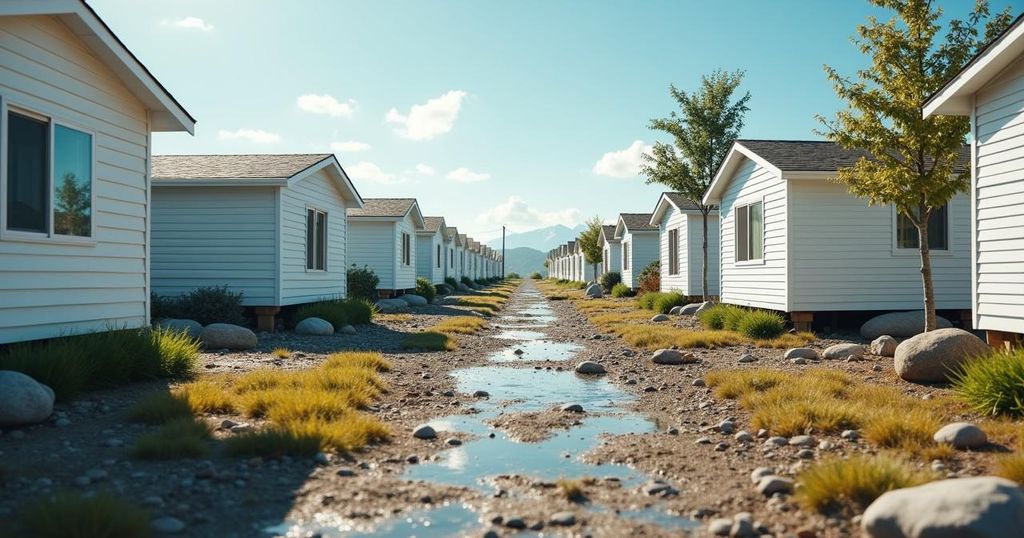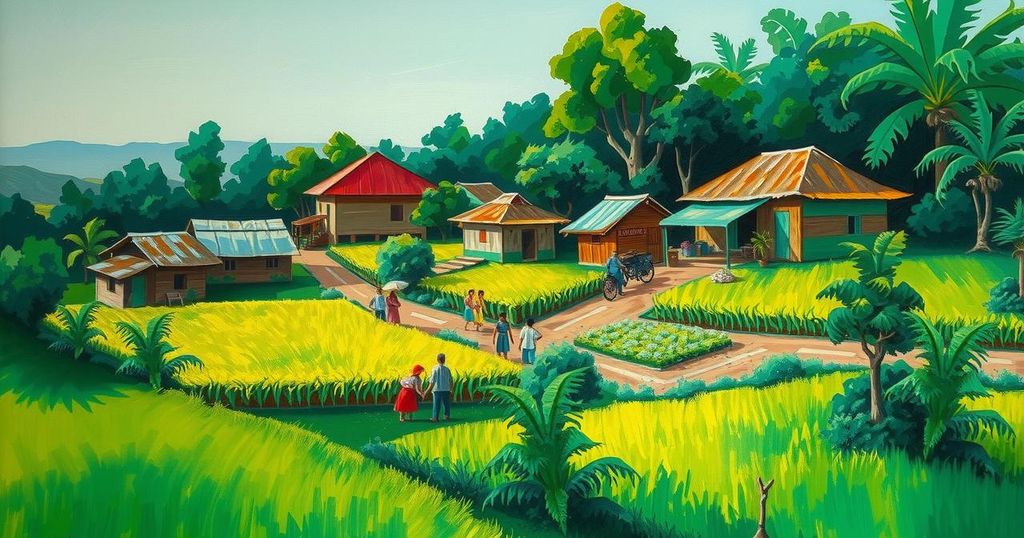The Escalating Risks of Climate Disasters for Mobile Home Residents
Mobile and manufactured home residents, particularly those in vulnerable socioeconomic positions, face severe risks from climate disasters due to structural inadequacies and lack of resources. A tragic example involves Joe Rogers, whose struggle during Hurricane Helene spotlighted the critical dangers these individuals encounter, emphasizing the necessity for targeted emergency preparation and support systems as climate change exacerbates these challenges.
The increasing frequency and severity of climate disasters present significant risks for millions of Americans living in mobile and manufactured homes, a population that includes many economically vulnerable individuals. In many cases, these residents find themselves isolated and without adequate resources when disaster strikes. A harrowing incident illustrates this peril vividly: Joe Rogers experienced a life-altering event during a storm when floodwaters invaded his mobile home. As the waters rose, he confronted the catastrophic reality that escape may not be possible. In a desperate attempt to rescue his wife, Sandra, who was trapped inside, he tried to break a window before witnessing his home being engulfed by the raging waters of the Pigeon River, remnants of Hurricane Helene transforming his life into a nightmare. Tragically, Sandra’s body was recovered days later, having been displaced for 16 miles from their home. This story encapsulates the hidden vulnerabilities that mobile home residents often endure, as they become neglected and isolated amidst environmental crises that disproportionately affect low-income communities. This situation calls attention to an urgent need for improved emergency preparedness and resilient housing solutions for the tens of thousands of people residing in mobile homes across the United States. As climate change continues to escalate, it is imperative that both governmental and social organizations collaborate to create protective measures and support systems that ensure the safety and recovery of these individuals during catastrophic events.
The plight of mobile home residents in the face of climate disasters has become increasingly poignant as extreme weather events are amplified by climate change. Mobile and manufactured homes often lack the structural integrity and resilience to withstand natural disasters such as hurricanes, floods, and tornadoes, leaving occupants vulnerable. Furthermore, individuals living in these homes are often from lower socioeconomic backgrounds, which complicates their access to emergency services and recovery resources. As climate impacts become more severe, understanding the unique challenges faced by this demographic is critical for developing effective strategies to protect them.
In conclusion, the struggles of individuals living in mobile homes highlight the urgent need for enhanced disaster preparedness systems and supportive resources tailored to vulnerable communities. As climate disasters become more frequent and intense, recognizing and addressing the structural risks facing mobile home residents is paramount. Collaborative efforts must be made to ensure that those who are often left behind receive the necessary support to navigate an increasingly hazardous environment.
Original Source: www.nytimes.com




Post Comment